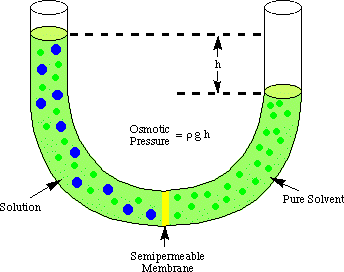–
 –
–Depending on what you want to achieve with this final draining solution you may have a problem when using such an hypo-tonic solution. In crops where there is fruit production, using such a solution can cause problems such as the rupture of fruits’ skin due to the higher rate of water absorption that takes place when plants are placed in a hypo-tonic media. In order to avoid these problems the best thing is to use an isotonic solution which has an osmotic pressure similar to the original nutrient solution.
Clearex achieves this simply by combining a few sugars to a concentration of about 4-6% in order to get to the point where the osmotic pressure of both solutions is similar. Getting regular table sugar an dissolving it in a ratio of 50g per liter of solution will achieve very similar results as those obtained with Clearex. However using sugars like this can have additional problems since sugars stimulate the development of fungi and bacteria within the root zones of the hydroponic plants.
In my opinion it would be possible to achieve better results by using an isotonic solution with a combination of salts and sugars in such a way that non-nutrient salts are used to provide an ionic content to the draining solution. Using a combination of NaCl, Sucrose and Sodium Hydrogen Carbonate to achieve a more balanced solution may provide better results when doing this type of draining procedures. Of course, this is based purely on my anecdotal evidence and an adequately controlled study would be needed to say anything conclusive for a particular plant specie.
In the end making these solutions is extremely simple and buying Clearex or such other solutions made for this purpose is an obvious waste of money. If you have obtained good results with solutions like these then you can simply make your own with simple sugars while it is possible that you could obtain results just as good as those by using RO water if your crop is not sensitive to hypo-tonic conditions. If you want to experiment a bit I would recommend using a solution with about 150 mg/L NaCl, 100 mg/L NaHCO3 (sodium bicarbonate) and 10g/L of glucose. Let me know if you get better, worse or similar results :o) (note that this is NOT a straight solution but a concentrated additive that should be used until the desired EC levels are reached)




